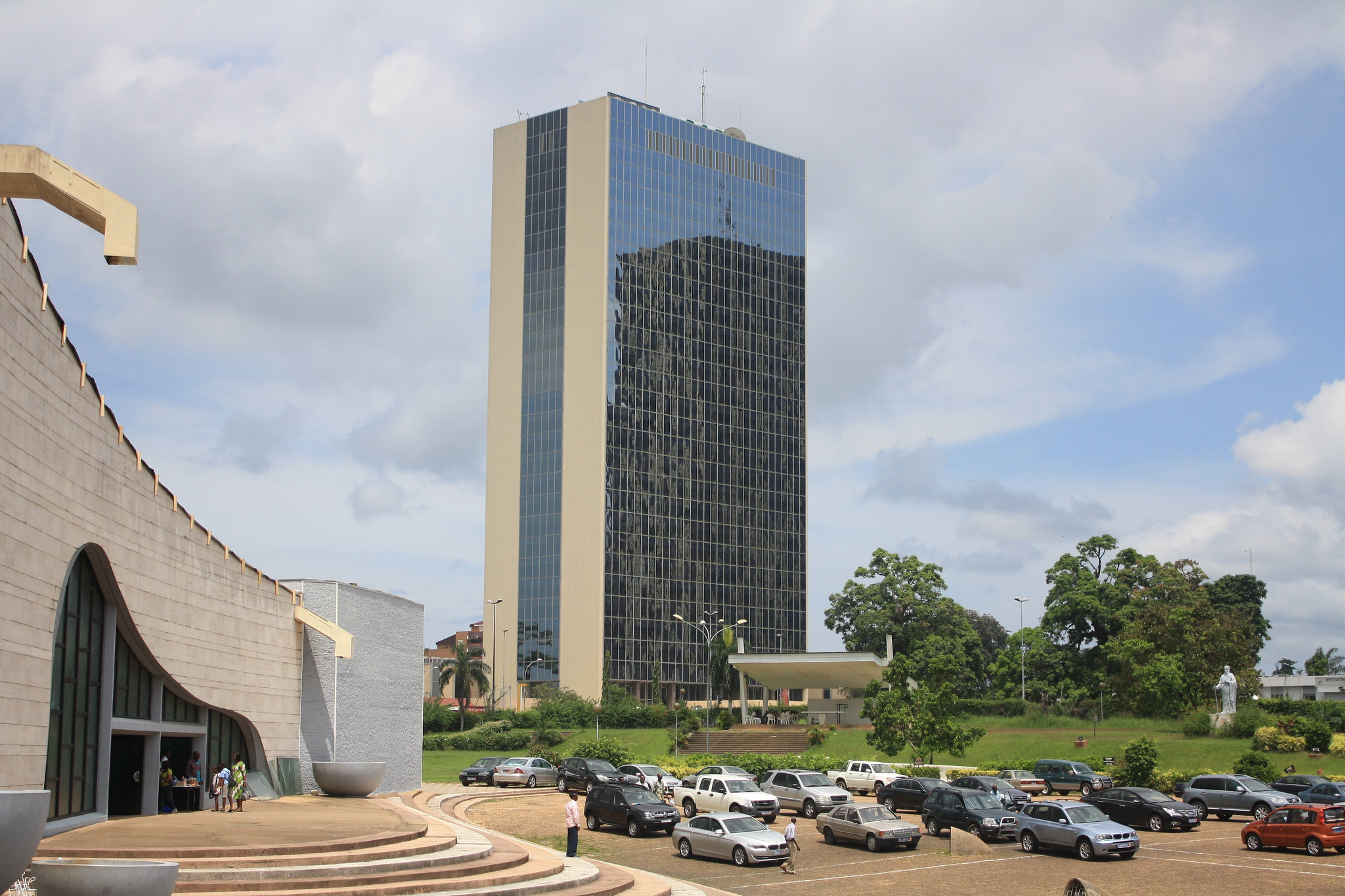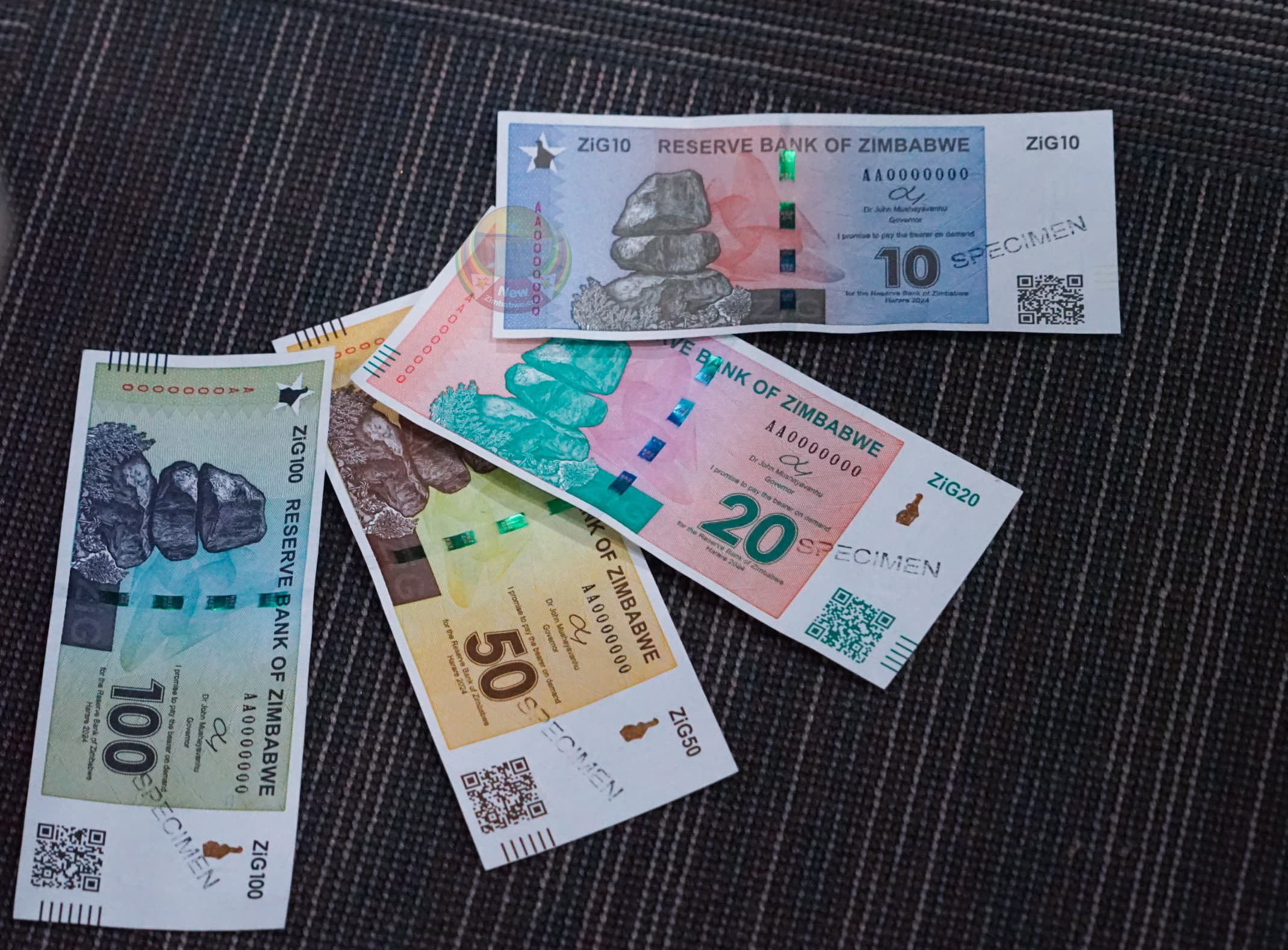Rate hike won’t drive NPLs, firms taking USD loans: RBZ
The Reserve Bank of Zimbabwe (RBZ) has insisted that its decision to hike the bank policy rate from 80 to 200 percent in June this year will not drive a spike in non-performing loans (NPLs) as claimed by banks and other market watchers.
Rather, the apex bank argued that many corporates had switched to US dollar loans to avoid accruing pricey Zimbabwe dollar debt.
RBZ governor Dr John Mangudya, defending the interest rate position as necessary to maintain a lid on inflation and the obtaining exchange rate stability, dismissed suggestions that high-interest rates on bank loans would spur NPLs.
He argued that fewer corporates were still willing to accrue Zimbabwe dollar debt, exactly the desired objective of the decision to hike the bank policy rate, which determines minimum lending rates charged by commercial banks.
Dr Mangudya described those pushing the narrative of potential rise in NPLs due to high-interest rates as “outliers”.
The dramatic rise in NPLs prompted the central bank to establish the Zimbabwe Asset Management Company (Zamco) in 2014, to deal with bad loans, which at one point averaged 20,35 percent of all bank loans.
This scenario had started to negatively impact financial intermediation in the wider economy as banks became more cautious about who to extend credit to.
But amid growing excessive liquidity in the market, which hurt the domestic currency, the bank policy rate has been continuously reviewed since the beginning of the year in line with the exchange rate and inflation developments.
The policy rate was increased from 60 percent in January 2022 to 80 percent at the end of April 2022 and further to 200 percent on 24 June 2022.
A punitive bank policy rate and its alignment to the minimum bank lending rates have gone a long way in reducing speculative borrowing and stabilising inflation and the exchange rate. Part of excess liquidity used in speculative trading, the RBZ says, came from bank loans.
It said investigations by the Financial Intelligence Unit (FIU) showed significant abuse of loan facilities by borrowers through arbitrage, multi-dipping, borrowing on behalf of third parties and diversion of foreign exchange obtained through the foreign exchange auction system to parallel market activities, which caused Zimbabwe dollar volatility.
Dr Mangudya said in the mid-term monetary policy statement in August this year that the investigations by the FIU exposed 15 entities as abusers of bank credit and resulted in those entities being penalised.
“The investigations further revealed that suppliers of goods and services to the Government were also a major contributor to the depreciation of the exchange rate on the parallel market as they were using forward foreign exchange rates in the pricing of their goods and services even after being paid by the Government in advance,” he said.
The volatility in the US dollar-Zimbabwe dollar exchange rate, following the reintroduction of the local unit in 2019 after a 10-year inflation-induced hiatus between 2009 and 2019, had driven rapid inflation resurgence.
The Zimbabwe dollar has depreciated from $2,5/US$1 in February 2019 to $639/US$1 on the interbank market while the local currency now exchanges at between $800-$850 against the greenback on the parallel market.
Driven by the pass-through effects of depreciation, Zimbabwe’s inflation rose from 5,39 in
September 2018, which marked the beginning of currency reforms, to a post-dollarisation high of 737,5 percent in 2020.
Zimbabwe’s inflation touched a two-year low of 50,1 percent in June 2021, after measures to improve access to scarce foreign currency via an auction system, but immediately resumed going on a rampage thereafter and peaking at 288 percent in August this year.
Against this background, authorities announced a series of measures earlier this year to contain exchange rate volatility, which included banning bank lending and suspending stock market activities.
It is believed that speculative activities in the economy, among other factors, contributed to the Zimbabwe dollar depreciation.
Among the interventions to deal with the challenges of the then fast-depreciating local currency and resurgent inflation, the central bank hiked its bank policy rate to a record 200 percent, prompting an outcry by banks and corporates.
BAZ chief executive officer Leonard Mwanza said recently the interest rates on existing and new loans calculated above the bank policy rates may not only affect the cost of borrowing and implementation of projects but also likely increase the defaulting rate by customers.
“Some may fail to pay back the loans and the bad debt will be passed on to the banks. The development is not pleasing to businesses, the general public and the banks as well,” he said.
Equities research firm, IH Securities pointed out that the hike in interest rates will pose the risk of increased NPLs as well as discourage borrowings in local currency.
“The interest rate hike effected in July to 200 plus levels will have dampened the demand for new Zimbabwe borrowings and potentially created some downside risk of elevated NPLs on current borrowings as operating margins for borrowers come under pressure with the new finance costs; we anticipate this will have some effect on . . . the wider banking sector from 2H22,” IH Securities noted.
On its part, Zimbabwe’s largest industrial lobby group Confederation of Zimbabwe Industries (CZI) said the 200 percent bank policy rate had made borrowing very expensive, which would prompt businesses to increase prices, thereby passing on the costs to consumers.
Dr John Mangudya said the central bank had no desire to review its hawkish monetary policy stance. Specifically, he stressed the apex bank had no intention to cut interest rates any time soon.
“We want to see the sustained decline of inflation, we want to see inflation going down progressively before we can think of reviewing the interest rates,” Dr Mangudya said.
The central bank chief added that there was no plan to immediately cut down the bank policy rate, which determines the minimum interest rates charged by banks, even though monthly inflation has trended downward for more than four months.
Zimbabwe’s annual inflation has also headed southward for three straight months.
While the central bank tightened the money supply side, Treasury also complemented with interventions that cut liquidity flow into the economy by implementing value-for-money audits, which curtailed overcharging on public contracts.
Dr Mangudya disagreed with sentiment that the high interest rate policy position would drive a spike in NPLs saying many companies had long switched from Zimbabwe dollar to US dollar based loans, which have lower interest rates, to avoid expensive Zimbabwe dollar debt.
“Many companies have taken US dollar loans to avoid the high cost of the Zimbabwe dollars, so those who say high interest rates will cause non-performing loans are outliers,” the RBZ governor declared.
Central banks across the world have hiked interest rates to record highs to deal with surging inflation in their countries.
The logic is based on a cascading effect: if central banks charge higher rates to commercial banks, commercial banks in turn increase the rates they offer to households and businesses who wish to borrow.
Surging prices since late 2020 have pushed inflation steadily higher. The average global cost of living has risen more in the 18 months since the start of 2021 than it did during the preceding five years combined.
Food and energy are the main drivers of this inflation. The outbreak of war between Russia and Ukraine, major commodity suppliers, since February 24, 2022 has exerted huge pressure on global inflation through high cost of commodities, among them oil, fertiliser and grain.-ebusinessweekly











